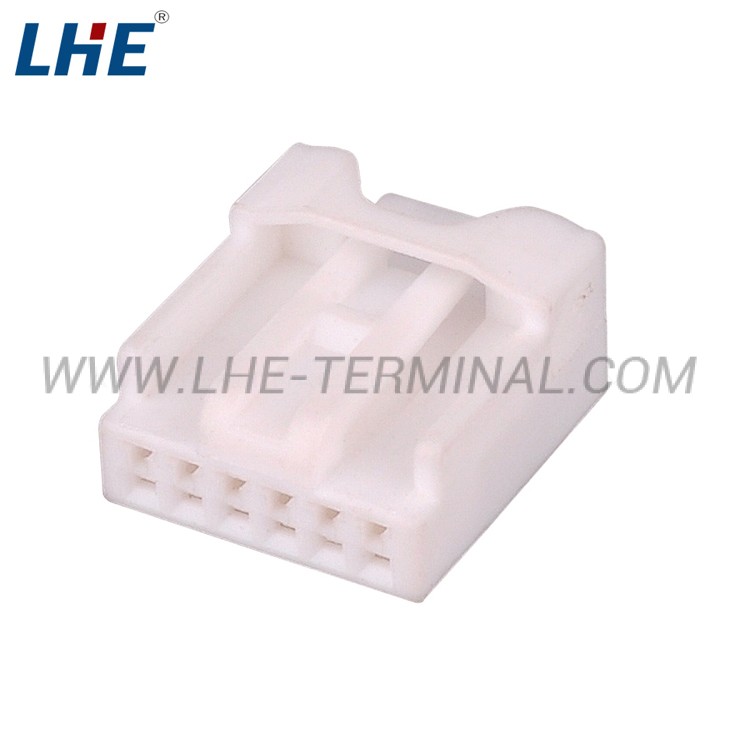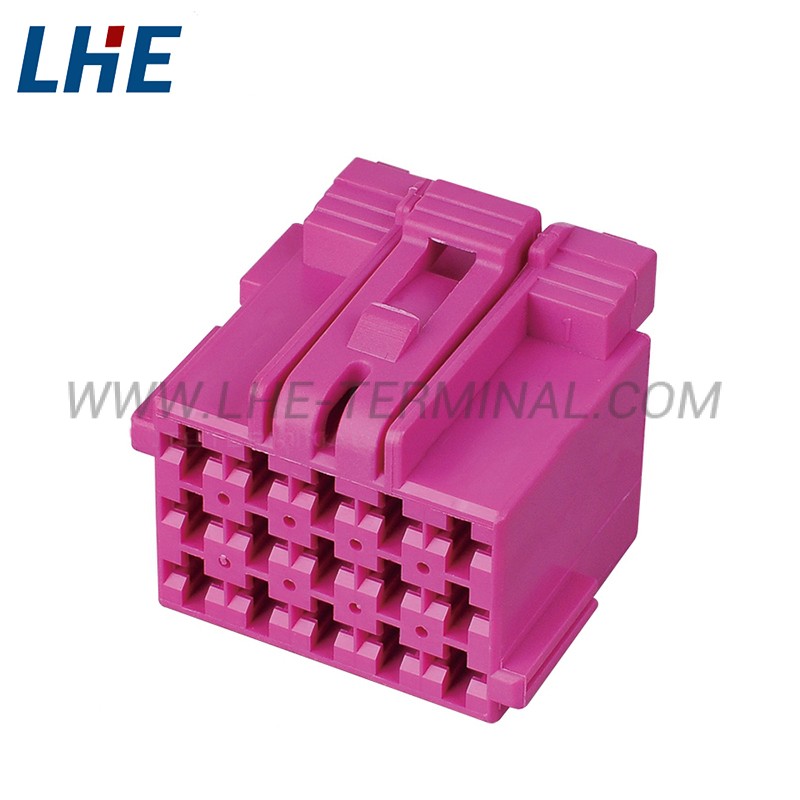Rack and pinion steering gear
It is one of the most common steering gears. Its basic structure is a pair of intermeshing pinions and racks. When the steering shaft drives the pinion to rotate, the rack moves in a straight line. Sometimes, the steering wheel can be steered by directly driving the tie rod by the rack, as shown in Figure 1.
In order to attenuate the sway vibration of the steering wheel, a steering damper is often added to the steering system with a rack and pinion steering gear.
Recirculating ball steering gear
Recirculating ball steering gear is also a relatively popular structural form in automobiles at home and abroad. There are generally two-stage transmission pairs in the recirculating ball steering gear. The first stage is a screw nut transmission pair, and the second stage is a rack and pinion transmission pair or a slider crank pin transmission pair, as shown in the figure below.
In order to reduce the friction between the steering screw and the steering nut, the thread between the two is replaced by many steel balls rolling along the helical groove, so that sliding friction becomes rolling friction.
When the steering screw rotates, the force is transmitted to the nut through the steel ball, the nut moves along the axis, and the nut meshes with the sector gear, and the linear motion turns into a rotary motion again, which makes the link arm swing, and the link arm makes the linkage rod and The tie rod moves in a straight line to change the direction of the wheel. At the same time, under the action of the friction couple between the screw and the nut and the steel balls, all the steel balls roll in the spiral tubular channel to form a “ball flow”.

















